Room 2: History
 Institutions for people with epilepsy
Institutions for people with epilepsy
The History of Epileptology
(epilepsy as a medial science throughout the ages)
The scientific study of the clinical picture of epilepsy was not one of continuous development. People knew less about epilepsy in the Christian Middle Ages than they did during the lifetime of the Greek physician Hippocrates, who had lived more than 1500 years before!
 Hippocrates (460 - 377) |
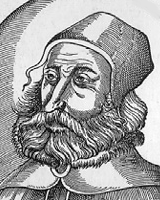 Galen (129 - 200) |
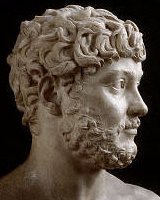 A. of Tralleis (525 - 600) |
 Avicenna (980 - 1037) |
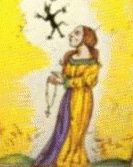 The Middle Ages |
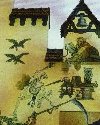 The Renaissance |
 Paracelcus (1439 - 1541) |
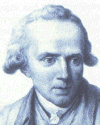 S.A. Tissot (1728 - 1797) |
 J.H. Jackson (1935 - 1911) |
The Disease with 1000 Names
Hardly any other disease has been given so many different names in the course of history as epilepsy has.
From this we can conclude that throughout the ages people have been preoccupied with this disease. There are two main reasons for this interest:
Firstly, epilepsy has always been a common disease: 0,5-1% of all people suffer from it.
Secondly, the image with which epilepsy is usually associated - the grand mal
attack - arouses feelings of
fear and horror. People have always tried to put these feelings into words. In
addition to this, epilepsy can have very different symptoms, all of which need to be
described and given a name.
This naming of a person, an object and also an illness was in former centuries of much greater importance than it is today. To be able to give someone a name or to find out the name of someone else meant having power over that person, whereas the inability to name something was tantamount to being powerless (as in the phrase "unspeakable misery"). Thus, people believed or hoped that if they could give a name to a disease, they would not fall victim to it.
From the various names which a disease is given over time, we can deduce what the people in each period thought about its cause (e.g. "lunatism" - a disorder caused by the phases of the moon; "daemonic": suffering brought about by evil spirits). At the same time, the names can also tell us about the people who gave them and their beliefs (e.g. "the scourge of Christ": the person who gave this name to epilepsy definitely believed in Christ and his power to punish).
By looking at the different names which epilepsy was given throughout the ages, it is possible to piece together some of the medical, cultural and social history surrounding this disease.
One example for this theory is the ancient Egyptian name for epilepsy "nesejet", which is explained in more detail
here.

spoken hieroglyphics |
silent hieroglyphics |
||
|
|
wave line: n |
|
cobra: "coming from God" |
|
|
bails of fabric:s |
|
man with stick: "Danger" |
|
|
2 reed leafs: j |
In order to pronounce the word 'nsjt' add an 'e' between the two consonants ("nesejet"). |
|
loaf of bread: t |
|||
Source: H. Schneble, Krankheit der ungezählten Namen, Huber-Verlag Bern, 1987, p. 9-11
Institutions for people with epilepsy
There were no special institutions for people with epilepsy in Germany until the second half of the 19th century. Where it was not possible for people with epilepsy to be cared for in their family, either because their seizures were too serious or too frequent or because they had some additional mental or physical handicap, they were put in prisons, "lunatic asylums" or former leprosoria places where people with leprosy could live). The first home for "epileptics" in Germany was opened by Dr H.A. Reimer in Görlitz in 1855.
In 1862 a special institution for people with epilepsy was opened near Tettnang on Lake Constance, called the "Heil- und Bewahrungsanstalt für Epileptische auf der Pfingstweide". In 1867 a nursing home for epileptic boys was set up near Bielefeld. This was the foundation stone on which the epilepsy centre "Bethel" was later erected.
In 1892 the "Heil- und Pflegeanstalt für epileptische Kinder" (Nursing Home for Epileptic Children) was inaugurated in Kork.
France had led the way in this development and set up the "Hôpital de la Salpêtrière" in the former saltpetre storage depot of a gunpowder factory in Paris. As early as the 18th and the beginning of the 19th century, mentally ill people and people with epilepsy were able to get proper treatment and care here. Throughout the 19th century, the "Salpêtrière" (for women) and the "Hospice de Bicêtre" for men, which was later built on, developed into respected centres for people with epilepsy and those with neurological and mental disorders.

